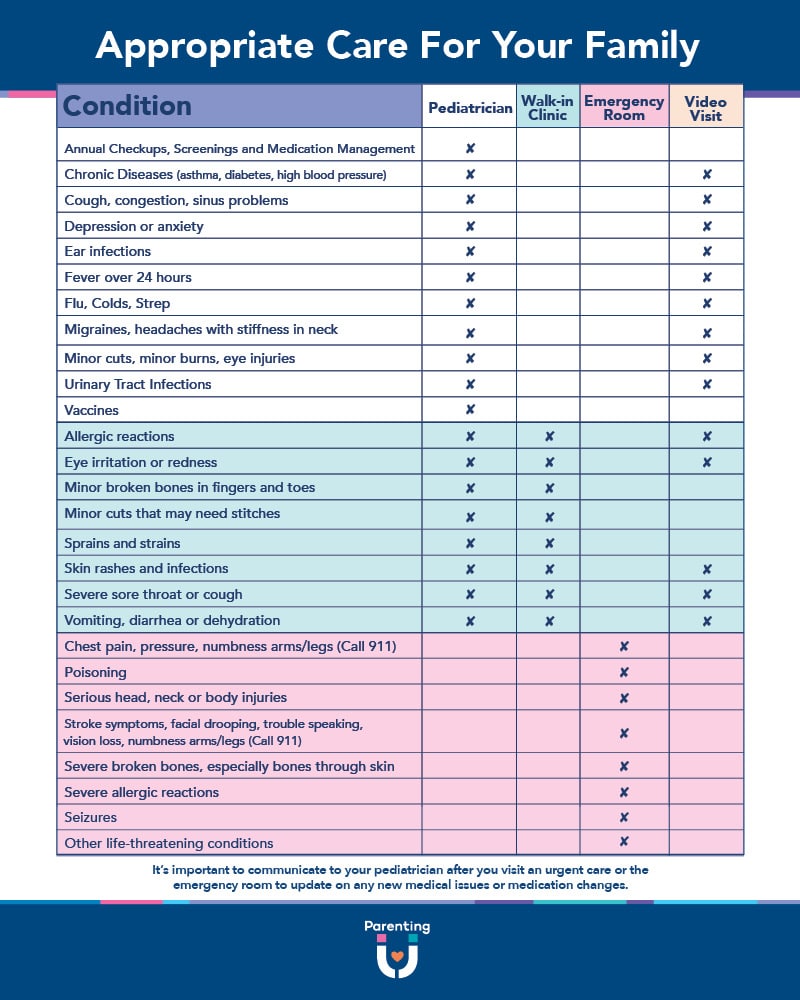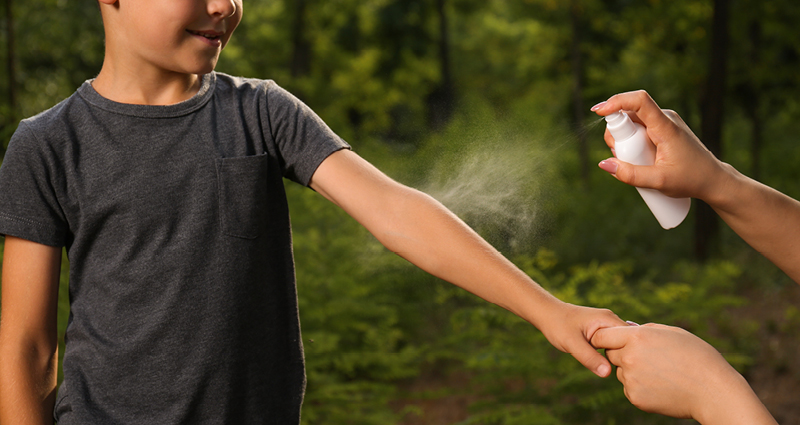Bug bites are practically a rite of passage during summer in the South.
Whether your kids are playing in the backyard, exploring a park or just enjoying a popsicle on the porch, mosquitoes, ants and other insects are never far behind.
Most of the time, these bites are nothing more than an itchy annoyance, but sometimes, a bug bite can be a sign of something more serious. Pediatrician Charlotte Sibley, MD, with Our Lady of the Lake Children’s Health Pediatrics at Livingston, shares what parents need to know.
“Most bug bites are itchy but harmless,” Dr. Sibley says. “You can treat them at home with a cold compress and an over-the-counter anti-itch cream.”
But some bites need a closer look, and in rare cases, a quick response could be lifesaving. Here’s how to know when to wait it out and when to call for backup.
Treat Itchy Bites at Home
If your child has a small, itchy bump after playing outside, chances are it’s just a routine bug bite. You can treat these at home to relieve discomfort and prevent further irritation.
Home treatment tips:
- Gently wash the area with soap and water.
- Apply a cold compress to reduce swelling and soothe the itch.
- Use a child-safe anti-itch cream or calamine lotion.
- Keep fingernails short and encourage your child not to scratch, since scratching can lead to infection.
- If the bite is in a tricky spot, like near the eye, or if your child is particularly sensitive, talk with your pediatrician about safe options for relief.
When a kid steps in a pile of fire ants, it can be very scary. Great home remedies include applying a baking soda paste made with a little water, or vinegar, dabbed on a cotton ball.
Redness, Swelling or Fever? Call Your Doctor
While most bites fade quickly, some become red, warm or painful. If a bite appears to be getting worse instead of better after a day or two, or if your child develops a fever, it could be a sign of infection or a more serious reaction.
Call your pediatrician if:
- The bite becomes increasingly red, swollen or tender
- There’s pus or drainage from the site
- Your child has a fever, headache or body aches
- The bite seems to be growing in size or not healing
These could be signs of an infection like cellulitis, or a more significant allergic reaction that requires medical care.
Trouble Breathing? Go to the ER
Most insect bites won’t trigger a severe allergic reaction, but it’s critical to know the warning signs.
If your child has any trouble breathing, swelling of the face or lips, or seems dazed or faint, call 911 or go to the nearest emergency room.
This kind of reaction, called anaphylaxis, can come on quickly and be life-threatening. It’s most common after bee or wasp stings, but any insect bite could cause a reaction in a child who’s allergic.
Emergency symptoms to watch for:
- Wheezing or difficulty breathing
- Swelling of the tongue, lips or throat
- Hives or widespread rash
- Pale or flushed skin
- Vomiting or confusion
Bug Bite Prevention Tips
While you can’t keep every bug away, there are steps you can take to reduce your child’s chances of getting bitten.
- Use an EPA-registered insect repellent on exposed skin (avoid hands and eyes).
- Dress kids in long sleeves and pants when in wooded or grassy areas.
- Avoid scented lotions or shampoos that attract bugs.
Check for ticks and bites after outdoor play.
Know When to Seek Care
Bug bites are a normal part of summer but knowing when to treat at home and when to call your doctor can help you respond with confidence.
Use MyChart, our electronic patient portal, to schedule appointments and communicate with your child’s care team via your computer, tablet or phone.
You can also call our 24/7 helpline at (833) 374-HEAL to get connected to experienced triage nurses who can guide you to the appropriate care for your child.

Our pediatricians and providers are committed to your child’s health 24 hours a day, seven days a week. We provide exceptional care around the clock. It’s that simple.




